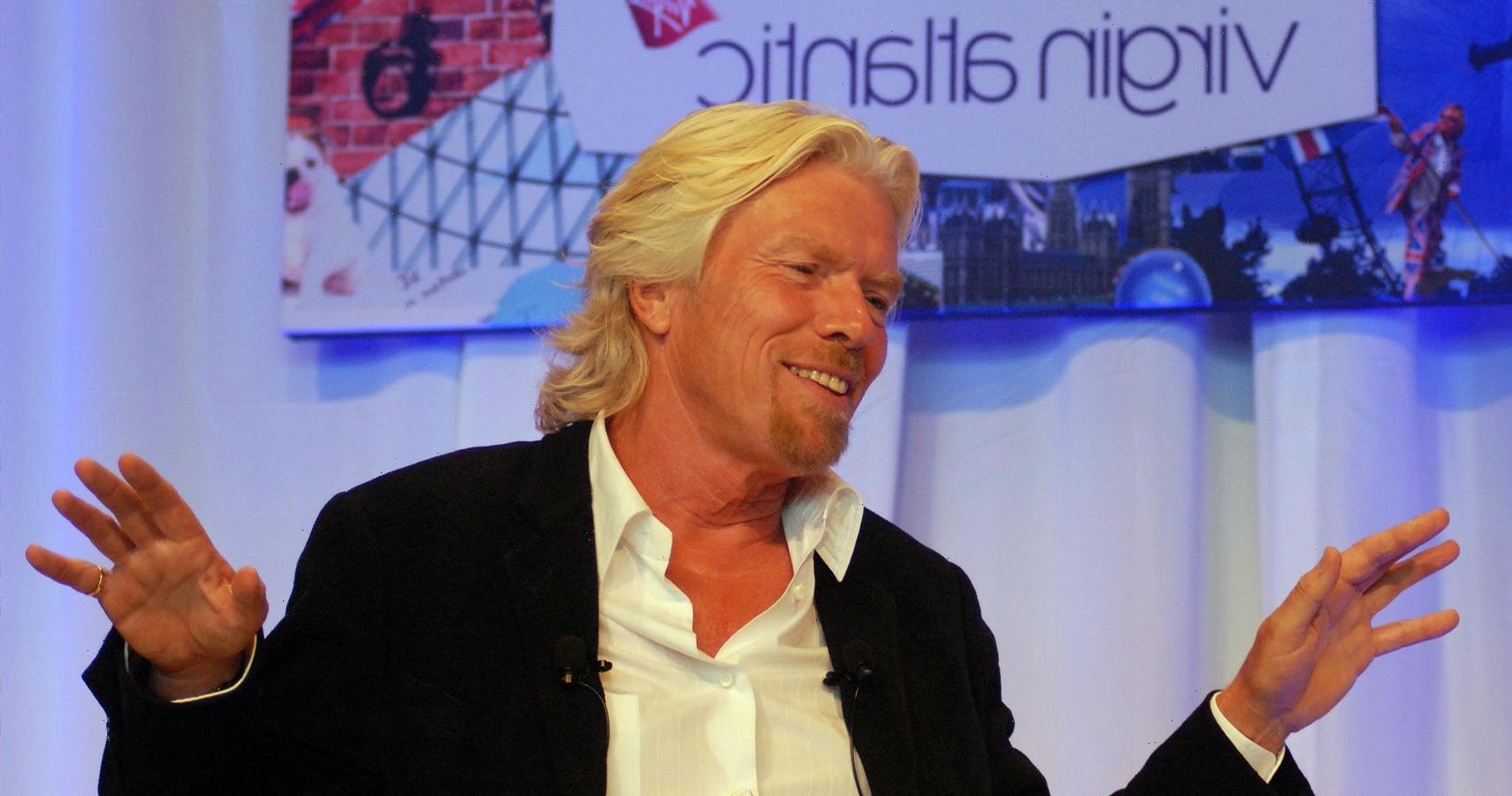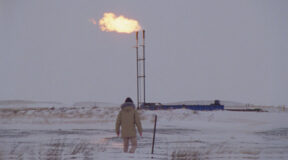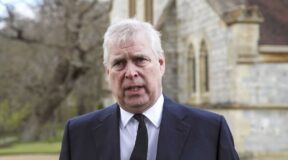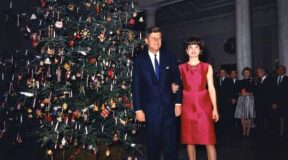His space race competitor Jeff Bezos may have tried to belittle his efforts by calling his rocket a “altitude airplane”. But the truth of the matter is, Virgin Group founder Sir Richard Branson made history when he flew his aircraft into the cosmos, making him the first civilian embark on the humongous journey.
While he may have only reached an altitude of 53.5 miles above the Earth – not even breaking to Kármán line where space and our planet meet as mentioned by Bezos – Branson’s departure is nothing to scoff at.
His one giant step for the prospects on mankind’s interplanetary expedition will be marked as the first of its kind, with his plans of giving civilians the chance to see the stars for the price of a $200,000 plane ticket. But this revolutionary step didn’t come over night. It was the triumphant product from seventeen long years of thorough research and extensive developments through Branson’s organization, Virgin Galactic.
RELATED: Elon Musk Has Ticket For Richard Branson’s Galactic Space Flights
The Birth of Virgin Galactic & The Spaceship Company
Before his risky space travel, Branson was known for a number of amazing feats. From creating the internationally renown Virgin Records in 1972 in which some of the worlds most acclaimed artists signed record deals, to curating one of the world’s most common modes of transportation, Virgin Airlines – the British business tycoon was among one of TIME Magazine’s 100 Most Influential People in 2007.
But, in 2004, the billionaire would begin his exacting quest of bringing space travel to mass. Thus, Virgin Galactic was born.
Right on the heels of the business magnate gifting the UK with high speed trains, Branson shifted his efforts into this then newborn venture. He unveiled his initial plans for the licensing deal Virgin Galactic to create spacecrafts to be used in commercial flights during a press conference with the Royal Aeronautical Society.
“Today is a historic day – it will bring the dream of space travel for many millions closer to reality,” the billionaire spoke during the conference, “I hope, with the launch of Virgin Galactic and the building of our fleet of spacecraft, that one day children around the world will wonder why we ever thought that space travel was a dream we read about in books.”
A post shared by Richard Branson (@richardbranson)
With all this talk of dreams and future visits to the stars, Branson was going to need a capable team to help manufacture these revolutionary aircrafts. This brought about the founding of his Spaceship Company a year after. Along with former aerospace engineer and Scaled Composites founder Burt Rutan, the two created the company to manufacture aircrafts to be utilized in future commercial flights for Virgin Galactic.
“We knew it was going to be difficult and it’s lived up to that,” Branson says interview with Space News, “But if it was easy, it would have been done many, many, many years ago . . . “I never went into this thinking I want to do this to make lots of money, but strangely I think this could be the most successful business Virgin has ever launched, if it goes according to plan.”
In production at the time were two different forms of crafts that were designed by Rutan and Scaled Composites: SpaceShipeTwo and the White Knight Two that were said to be complete by 2010.
The Crash Heard Round The World
Optimistic about the progress that Virgin Galactic and its newfound partners had made in the preceding years, Branson publicly proclaimed that his family would be the first to fly into space together in 2014. He made the ambitious prediction a year prior to the predicted departure.
A post shared by Richard Branson (@richardbranson)
Branson was even the subject of skit on The Simpsons that same year in which they predicted his momentous space expedition of 2021.
“We’ve had people like myself who booked the whole spaceship for their families,” the businessman told NBC News, “and I think you know it’ll be just a magnificent experience for everybody.”
Months and months of rigorous flight tests on the SpaceshipTwo brought a great deal of hope for this exciting next chapter of civilization.
“It’s rocket science, so it does take a little longer than one expects.”
Though his plans of a family vacation towards the cosmos were grimly cut short when a lethal accident occurred during a flight test in October 2014. When veteran co pilot Michael Alsbury prematurely opened the SpaceShipTwo’s plane’s re-entry system, the craft came barely down to Earth, killing him upon impact.
“Every new transformative technology requires risk, and we have seen the tragic and brave sacrifice of Mike and the recovery of injured surviving pilot Pete Siebold,” Branson says in a statement after the crash, “Their tremendous efforts are not in vain and will serve to strengthen our resolve to make big dreams come true.”
Is The Edge of Space Really Space?
The 2015 crash did not deter Branson and his ambitious team from making the dream of space travel a reality. They spent years perfecting the machinery of their aircrafts, crafting different models, and preparing for the exact moment that the world watched just a week ago.
A post shared by Richard Branson (@richardbranson)
On Sunday, July 11th, Branson and five companions emerged into the astrosphere in the Virgin Galactic’s aircraft Unity 22. Though, many skeptics – including space race counterpart Jeff Bezos – found a bit of grievances with the claims that Branson was really in space.
Branson and his crew flew 53.5 miles above our planet, receiving about 3 to 5 minutes of zero gravity. The flight was said to last just barely above an hour. The only problem, many experts consider the confides of space to be much farther that the distance that Branson traveled.
“From the beginning, New Shepard was designed to fly above the Kármán line so none of our astronauts have an asterisk next to their name,” Bezos tweets comparing his upcoming flight with Blue Origin’s aircraft ‘New Shepard’ to Branson’s, “For 96% of the world’s population, space begins 100 km up at the internationally recognized Kármán line.”
Regardless of semantics, the nearly two decade journey Branson took upon resulted in a dream come true and a historic moment in space travel. Who knows, by this time in a couple years, we might all be able to see the stars.
Read Next: Jeff Bezos Gets Approved To Launch Into Space July 20th
Sources: CNN, The Guardian , Space News, NBC News, Space.com
Source: Read Full Article





